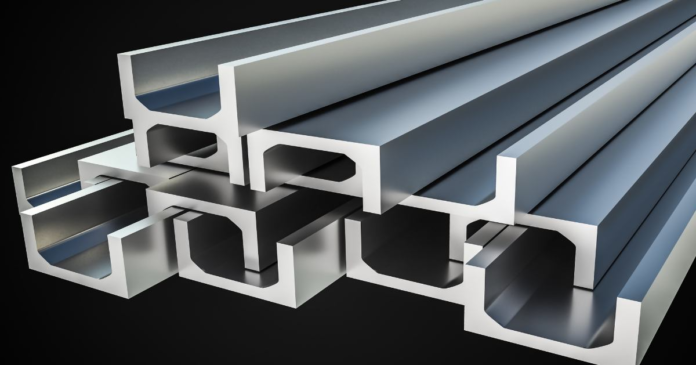In the ever-evolving world of construction, structural steel continues to play a pivotal role in delivering strong and durable buildings. Whether for residential, commercial, or industrial projects, the demand for robust and flexible materials is high. Among the various steel products, steel channels and Parallel flange column stand out for their versatility, strength, and adaptability. These materials are increasingly becoming the backbone of many infrastructure projects, contributing to cost-efficiency and quicker project timelines.
What Is a Steel Channel and Why Is It Important?
A steel channel is a rolled steel piece that has a “C” shape. Its unique profile provides high strength while minimizing the weight of the structure, making it an ideal choice for structural applications such as framing, supporting, and bracing. The open cross-section of the steel channel allows it to be easily connected to other components, enhancing its utility in various construction tasks.
Steel channels are also used in bridges, buildings, and other large-scale constructions due to their load-bearing capacity. Their ability to resist bending and torsion makes them suitable for long-span constructions where strength and stability are paramount.
Parallel Flange Columns: The Backbone of Large Structures
Parallel flange columns (PFCs) are essential for large-scale constructions that require superior strength and load distribution. These columns have parallel flanges, which allow for a uniform load-bearing capability across the column’s surface. This design provides increased strength and reduces the need for additional reinforcements, making it a preferred choice in high-rise buildings, bridges, and other heavy-duty applications.
PFCs are manufactured to provide consistent strength, making them reliable for projects that require structural integrity over extended periods. Their robustness ensures the stability of tall buildings and large infrastructure, where safety and performance are non-negotiable.
Applications of Steel Channels in Modern Construction
Steel channels are widely used in a variety of construction applications. From framing structures to supporting floor joists, these components are vital in ensuring the durability and stability of a building. They are also used in vehicle frames, marine structures, and even wind turbine towers.
One of the key advantages of using steel channels is their adaptability. They can be used in both horizontal and vertical alignments, depending on the requirements of the project. This makes them ideal for a broad range of construction activities, including roofing, stair stringers, and even load-bearing walls.
The Significance of Parallel Flange Columns in Infrastructure Development
Parallel flange columns are indispensable in the construction of bridges, towers, and industrial structures. Their design allows for easy connection with other structural elements, making assembly faster and more efficient. PFCs are particularly beneficial in projects that demand high strength-to-weight ratios, ensuring that the structure can bear heavy loads without excessive material usage.
Another critical aspect of PFCs is their ability to distribute loads evenly, reducing stress on other components. This makes them highly suitable for large-span constructions, where load-bearing capacity is of utmost importance.
Benefits of Using Steel Channels and Parallel Flange Columns
The use of steel channels and parallel flange columns in construction offers numerous benefits. First, both materials are highly durable, ensuring that structures remain safe and functional for extended periods. Their resistance to corrosion, wear, and environmental factors like heat and cold further adds to their longevity.
Moreover, steel channels and PFCs are cost-effective. While they offer high strength and versatility, their lightweight nature reduces transportation and installation costs. Additionally, their adaptability in various construction scenarios—ranging from skyscrapers to industrial complexes—makes them a smart investment for any project.
Sustainability and Environmental Benefits
With the growing emphasis on sustainable construction, steel products like channels and PFCs are gaining attention due to their recyclability. Steel is one of the most recycled materials in the world, reducing the environmental impact of construction waste. By incorporating steel channels and parallel flange columns, builders contribute to a circular economy, minimizing resource depletion and promoting eco-friendly practices.
Conclusion
As India continues its path toward becoming a self-reliant infrastructure giant, the role of structural steel products like steel channels and parallel flange columns cannot be understated. With advanced manufacturing facilities and innovative solutions from companies like JSP, these materials are poised to drive future projects that combine strength, sustainability, and efficiency. To explore more about JSP’s wide range of structural steel products and how they are contributing to India’s infrastructural growth, visit jsplstructurals.com.

